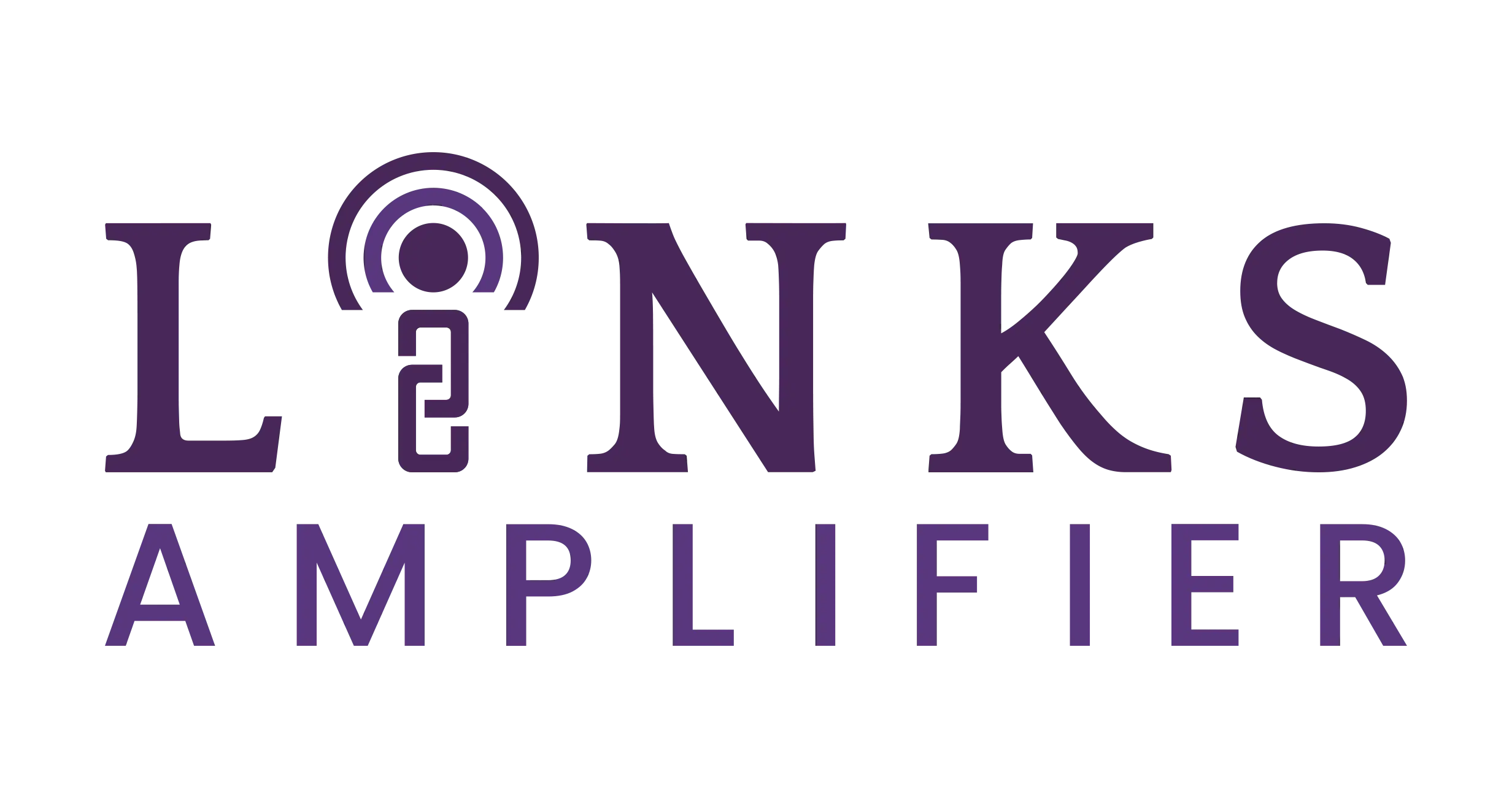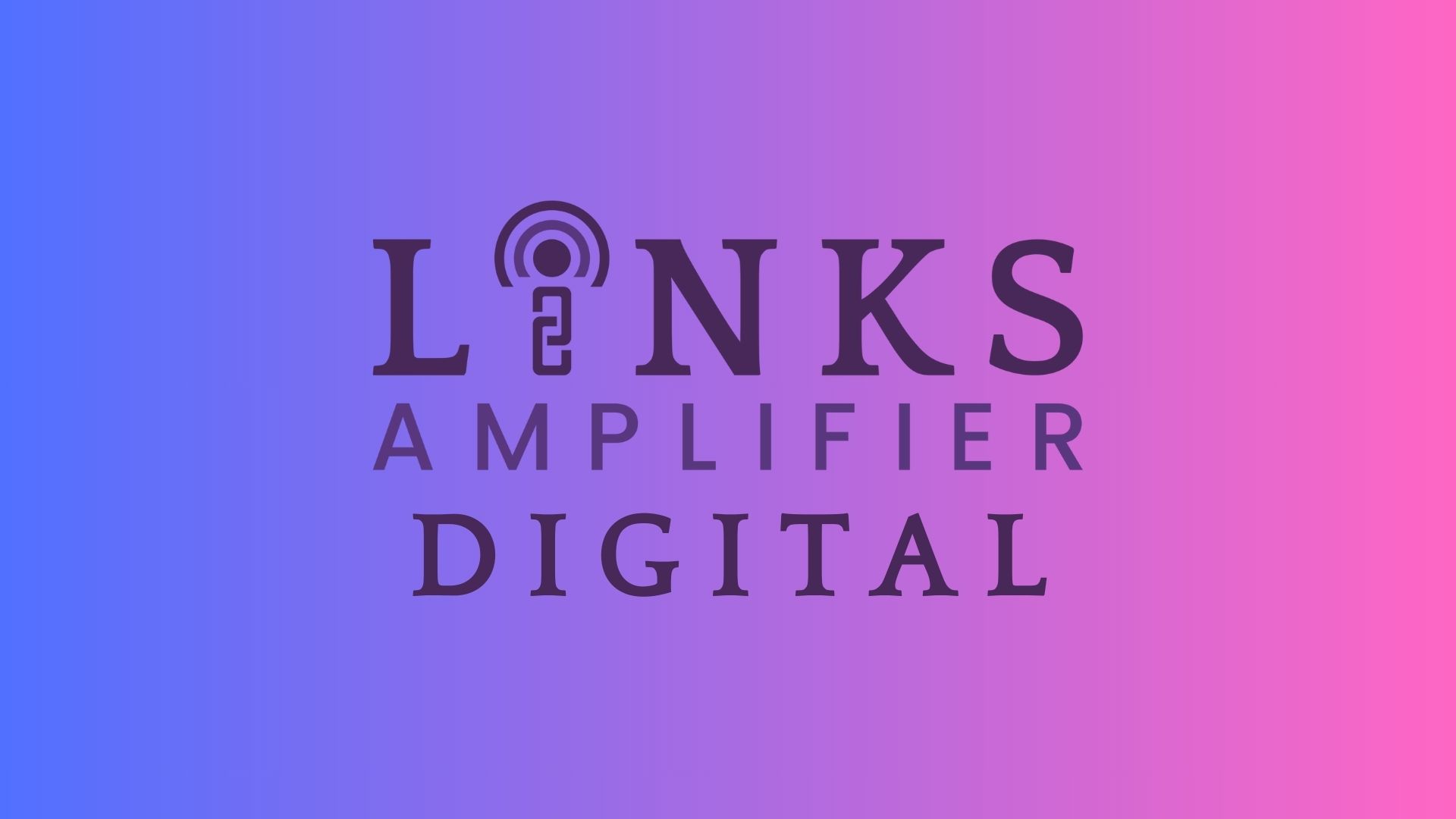Using infographics is a proven link-building strategy. Infographics have been utilized for years to attract high-quality backlinks effectively.
When executed correctly, infographics can become valuable assets that drive more organic traffic to your website, enhance search engine rankings, and boost online brand awareness.
However, creating an infographic for link-building purposes involves more than designing a visually appealing piece. It requires a strategic approach.
This comprehensive guide unveils the strategies and steps to create compelling infographics that boost your online presence and establish your brand as an authority.
What Is Infographic Link Building?
An infographic is a content format that presents information graphically:
Infographics visually represent data in a colorful, digestible format, making it easy to read and understand.
Infographic link building involves creating an infographic and using it to attract backlinks. SEO professionals and marketers can integrate infographics into their link-building strategies or use them for single campaigns to gain valuable links.
Infographic link building is a powerful strategy that leverages the visual appeal and informative nature of infographics to acquire backlinks from other websites. It’s a win-win scenario: you create valuable, shareable content, and in return, you gain backlinks that improve your website’s authority and search engine rankings.
At its core, an infographic is a visual representation of information, data, or knowledge. It combines concise text with engaging graphics, charts, illustrations, and other visual elements to present complex information in an easy-to-understand and shareable format. Infographics are highly effective at simplifying dense topics, making them more accessible and engaging for a wider audience.
In the context of link building, an infographic becomes a valuable asset. When you create a well-designed, informative infographic on a relevant topic, other website owners, bloggers, and content creators are more likely to reference and link to your infographic in their own content. This is because infographics provide a visually appealing way to enhance their own articles, blog posts, or social media updates.
Infographic link building can be integrated into your broader SEO and content marketing strategies or used as a standalone campaign. It’s a versatile approach that can yield significant results in terms of backlinks, referral traffic, brand awareness, and overall online visibility.
What Are the Benefits of Infographic Link Building?
Incorporating infographics into your marketing and SEO strategy offers many advantages that can significantly impact your online presence and business growth. Here’s an in-depth look at the key benefits:
Improved Search Rankings
- Infographics are inherently linkable assets. Their visual appeal and informative nature make them highly shareable, which leads to more backlinks from other websites.
- Search engines like Google view backlinks as votes of confidence. When reputable sites link to your infographic, it signals to search engines that your content is valuable and trustworthy, boosting your website’s authority and improving its search rankings.
Enhanced Website Metrics
- Infographics are engaging and visually stimulating, keeping visitors on your website longer. This increased dwell time signals to search engines that your content is relevant and valuable, further improving your rankings.
- Lower bounce rates are another positive outcome. When visitors spend more time on your site, exploring your infographic and other content, it indicates they find value in what you offer, reducing the likelihood of them quickly leaving.
Increased Traffic
- The shareability of infographics extends beyond websites. They often go viral on social media platforms, attracting a broader audience to your content.
- As your infographic gets shared across different channels, it generates more backlinks and drives a surge in referral traffic to your website. This can lead to increased brand exposure and potential conversions.
Cost-Effective Link Building
- While creating high-quality infographics requires an investment in design and research, it’s a relatively cost-effective strategy compared to other link-building methods.
- The potential return on investment (ROI) is substantial, as infographics can generate long-term organic traffic, brand visibility, and improved search rankings.
Better Engagement
- Infographics break down complex information into easily digestible visuals, making it more accessible and engaging for your audience.
- Compelling visuals, interactive elements, and storytelling techniques can captivate viewers and encourage them to interact with your content, share it with others, and explore more of your website’s offerings.
Increased Authority and Brand Awareness
- By consistently producing high-quality, informative infographics on relevant topics, you can establish your brand as a thought leader and authority in your industry.
- This builds trust and credibility with your target audience, making them more likely to engage with your brand, share your content, and eventually become customers.
Broader Brand Message
- As your infographics get shared across the web and social media, your brand message reaches a wider audience. This can help increase brand recognition and reinforce your brand’s values and unique selling points.

What Are the Different Types of Infographics?
Infographics come in various formats, each tailored to present information in a visually engaging and informative way. Here’s a breakdown of some common types:
Timeline Infographics
These infographics are perfect for showcasing the evolution of a topic, historical events, or the progression of a process over time. By visually organizing information chronologically, timeline infographics help viewers grasp the sequence of events and understand the relationships between them. They often use illustrations, icons, and brief descriptions to highlight key milestones.
Statistical Infographics
Statistical infographics are your best bet if you want to communicate data-heavy information in a digestible way. They employ charts, graphs, and other visual elements to transform raw data into compelling narratives. This format simplifies complex statistics, making them easier for audiences to understand and remember.
Comparison Infographics
These infographics excel at showcasing the differences and similarities between two or more subjects. Whether you’re comparing products, services, or concepts, the side-by-side layout of these infographics allows for clear and concise comparisons. They often highlight key distinctions using tables, bar graphs, or Venn diagrams.
Process Infographics
When explaining a step-by-step process, workflow, or procedure, process infographics are invaluable. They use flowcharts, diagrams, and illustrative icons to break down complex processes into simple, visual steps. This helps viewers understand the sequence of actions and the overall logic behind the process.
Geographic Infographics
Also known as map infographics, these visuals are ideal for displaying data that varies by location. They use maps, heatmaps, or other geographical representations to highlight patterns and trends across different regions. Geographic infographics are effective for visualizing sales data, demographic information, or any data with a spatial component.
Hierarchical Infographics
These infographics illustrate the relationships between different levels or components within a system. They are often represented as tree diagrams or flowcharts, showing how elements are organized and how they interact with each other. Hierarchical infographics are commonly used to depict organizational structures, decision-making processes, or any concept with a hierarchical structure.
List Infographics
List infographics are simple yet effective for presenting information in a clear and organized way. They use visual elements like icons, illustrations, and typography to make lists more engaging and memorable. List infographics are often used to summarize key points, tips, or any other information that can be easily presented in list format.
Beyond these core types, interactive and animated infographics offer additional options for enhancing engagement. Interactive infographics incorporate elements like quizzes, clickable buttons, or animated visuals to encourage user participation, while animated infographics use motion graphics to bring data and information to life.
Photo infographics, which combine photography with text and graphics, are a less common but visually appealing format. They can tell stories, showcase products, or add a human touch to data-driven content.
By understanding the infographics available, you can choose the format that best suits your content, audience, and link-building goals.
The Basics of a Compelling Infographic
Creating an infographic that captures attention, delivers value, and earns backlinks requires careful consideration of several key elements:
Start with a Strategy
Before diving into the design process, establish a clear link-building strategy. Define your campaign goals, identify your target audience, and outline your outreach techniques. A well-defined strategy will guide your content creation and promotion efforts, ensuring that your infographic aligns with your overall objectives.
Prioritize Quality
In the world of infographics, quality reigns supreme. A well-researched, informative, and visually appealing infographic is more likely to attract links and shares than a hastily put together one. Focus on creating high-quality content that provides genuine value to your audience.
Beautiful Design
Invest in professional design to ensure your infographic is visually captivating and stands out from the crowd. A visually appealing infographic is more likely to be shared and embedded on other websites, increasing its reach and potential for backlinks. Consider hiring a skilled designer or using a reputable infographic design tool to create a unique and eye-catching design.
Compelling Topic
Choose a topic that is relevant, timely, and of interest to your target audience. Research current trends and industry news to identify topics that are likely to resonate with your audience and attract backlinks. Keep the focus of your infographic narrow and specific to ensure clarity and avoid overwhelming viewers with too much information.
In-Depth Research
Thorough research is the foundation of a credible and informative infographic. Ensure that your infographic’s data, statistics, and information are accurate, up-to-date, and properly sourced. Cite your sources to add credibility to your content and demonstrate your commitment to accuracy.
By incorporating these essential elements into your infographic creation process, you can craft compelling visuals that attract attention, drive valuable backlinks, and enhance your link-building efforts.
A Step-By-Step Guide for Building Links with Infographics
Follow this comprehensive guide to leverage the power of infographics for effective link building:
Step 1: Find a Concept
- Brainstorming: Start by brainstorming potential topics that align with your brand’s expertise and resonate with your target audience. Consider current trends, industry news, and questions your audience might have.
- Keyword Research: Conduct keyword research to identify relevant keywords and phrases related to your chosen topic. This will help optimize your infographic for search engines and attract organic traffic.
- Inspiration & Competitor Analysis: Explore infographic directories like Visual.ly or Pinterest to find inspiration and analyze what works well in your niche. Take note of successful infographic formats, design elements, and topics.
- Define Your Concept & Title: Based on your research and inspiration, finalize a compelling concept and create a catchy title that accurately reflects the content of your infographic.
Step 2: Research Your Data
- Gather Data Points: Collect relevant data, statistics, and information from reputable sources. This can include industry reports, government data, academic studies, or your own internal data.
- Verify and Attribute: Ensure that all data is accurate and up-to-date. Always attribute your sources to maintain credibility and avoid plagiarism.
- Organize and Summarize: Compile your research findings into a concise and organized format. Create a clear outline or brief that includes key data points, sources, and any specific instructions for the designer.
Step 3: Create the Infographic
- Hire a Designer: If you don’t have in-house design capabilities, consider hiring a freelance designer through platforms like Upwork or Fiverr.
- Clear Communication: Provide the designer with a detailed brief outlining your concept, data points, preferred style, and any examples of infographics you admire.
- Iterative Design Process: Collaborate with the designer throughout the process, providing feedback and ensuring that the design aligns with your vision and brand identity.
- Final Review and Approval: Thoroughly review the final infographic to ensure accuracy, clarity, and visual appeal.
Step 4: Outreach and Promotion
- Publish on Your Website: Create a dedicated landing page for your infographic on your website. Optimize it with relevant keywords and a compelling introduction.
- Build an Outreach List: Identify websites and blogs that are likely to be interested in your infographic. Use tools like Ahrefs or BuzzSumo to find potential link targets.
- Personalized Outreach: Craft personalized outreach emails to each website owner or editor. Briefly introduce your infographic, highlight its value, and offer to provide a unique introduction or additional content for their site.
- Utilize Outreach Tools: Consider using Pitchbox or BuzzStream to automate and streamline your outreach process.
- Track Your Results: Monitor your backlink profile, referral traffic, and social shares to gauge the success of your campaign.
Bonus Tip: Create multiple versions of your infographic for different platforms. For example, you could create a shorter version for social media, a square version for Instagram, and a longer, more detailed version for your website.
By following these steps and investing in quality design and outreach, you can create infographics that drive valuable backlinks and establish your brand as a thought leader in your industry.
How to Measure the Success of Your Infographic Link Building Campaign
Creating and promoting an infographic is just the beginning. To truly understand the impact of your efforts, it’s essential to measure the success of your campaign. Here’s how:
Key Performance Indicators (KPIs)
Backlinks Gained: The number of new backlinks your infographic has acquired is a primary indicator of success. Use tools like Ahrefs or Moz to track this.
Referral Traffic: Monitor the amount of traffic coming to your website directly from the sites linked to your infographic. Google Analytics can provide this data.
Social Shares: The number of times your infographic is shared on social media platforms indicates its reach and popularity.
Brand Mentions: Monitor how often your brand is mentioned alongside the infographic, as this indicates increased awareness.
Tracking Tools
Google Analytics: Use this to track referral traffic, bounce rate, and time on page for visitors to your infographic.
Google Search Console: Monitor any increases in organic search traffic that may be attributed to your infographic’s backlinks.
Link Tracking Software: Tools like Ahrefs or Moz provide in-depth backlink analysis, helping you understand the quality and impact of your earned links.
Analyzing Data
Don’t just collect data – analyze it. Look for trends, correlations, and insights. For example:
- Which outreach methods led to the most backlinks?
- Which types of websites are most likely to link to your infographic?
- Is there a correlation between social shares and backlinks gained?
Adjusting Strategies
Based on your analysis, refine your approach:
- If a particular outreach method is highly effective, double down on it.
- If your infographic isn’t getting much traction on social media, consider tweaking the design or promotion strategy.
- If you’re not attracting links from high-authority websites, try targeting a different niche or improving the quality of your outreach.
Remember, measuring the success of your infographic link-building campaign is an ongoing process. You can fine-tune your strategy and maximize your ROI by consistently tracking and analyzing your results.
Conclusion
Infographics are a potent tool in the arsenal of any digital marketer or SEO professional. Their ability to distill complex information into visually engaging formats makes them highly shareable, linkable, and effective at boosting your website’s authority and visibility.
By following the step-by-step guide outlined in this article, you can harness the power of infographics to elevate your link-building strategy. Remember, the key lies in creating high-quality, relevant content that resonates with your target audience, conducting thorough research, and implementing a strategic outreach plan.
Measuring and analyzing your campaigns’ success is crucial to refining your approach and maximizing your return on investment. Track key metrics, analyze data, and adapt your strategies based on the insights you gather.
Infographic link building is not a quick fix but a long-term investment in your website’s growth. With dedication, creativity, and a data-driven approach, you can leverage infographics to attract valuable backlinks, boost organic traffic, and establish your brand as a trusted authority in your industry.
So, are you ready to take your link-building efforts to the next level? Start brainstorming, crafting compelling visuals, and reaching out to relevant websites today. The world of infographics awaits your creative touch! But if you’re short on time or resources, consider outsourcing link building to professionals who can handle this.

Jinky Oblianda is the founder of Links Amplifier Digital. She has been building links for businesses and helping agencies for years before slowly starting her own agency.


